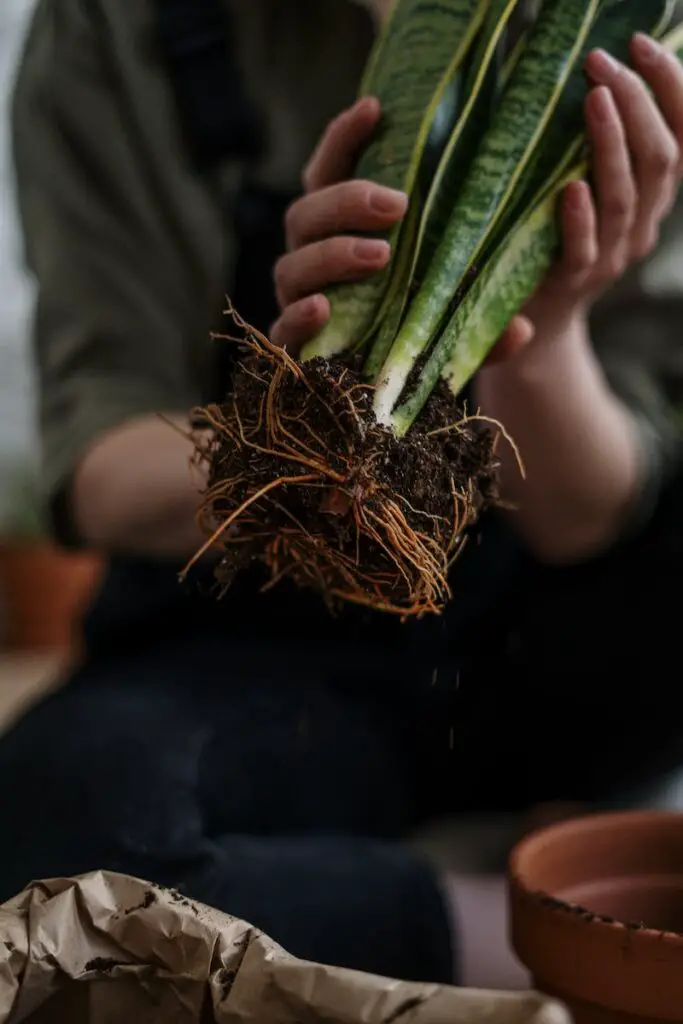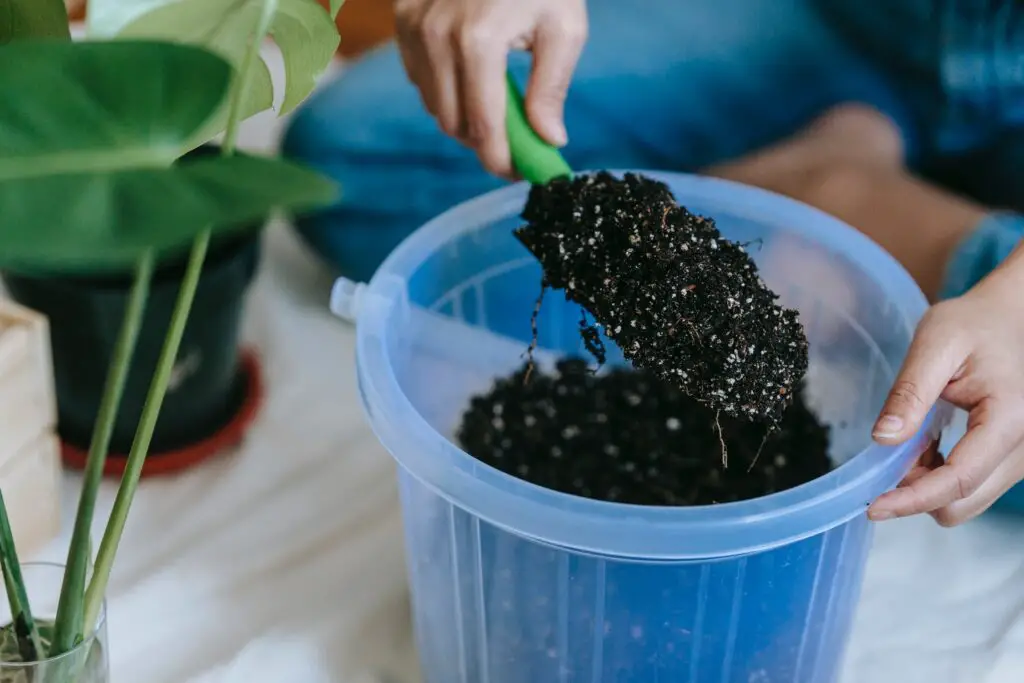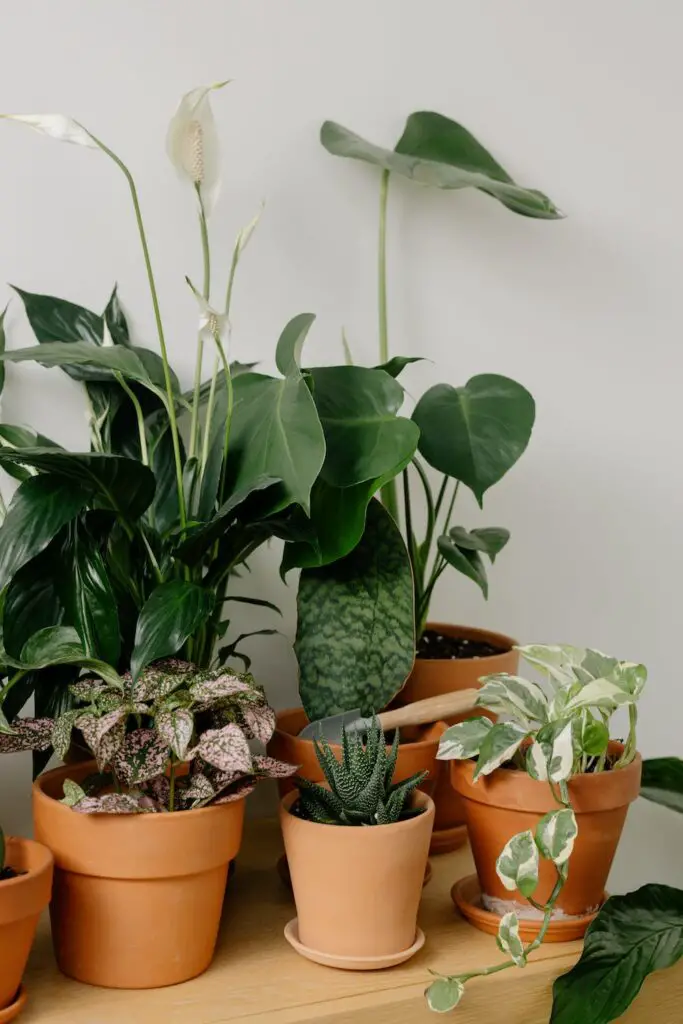Whale fin (Sansevieria masoniana), also known as Mason’s Congo or Shark’s Fin Sansevieria, is a unique and fascinating plant that has gained popularity among plant enthusiasts in recent years. With its strikingly large, paddle-shaped leaves and unusual markings, this Sansevieria species is a real standout in any collection.
In this article, we’ll take a closer look at the Whale Fin Sansevieria Masoniana, including its origin, care requirements, propagation methods, and other interesting facts.
Table of Contents
Origins and Characteristics
Whale fin Sansevieria masoniana is a member of the Sansevieria family, which consists of about 70 species of succulent plants. This species is native to West Africa, specifically the Congo region, where it grows in the understory of dense tropical forests. Another interesting fact is that this plant is named after the botanist George Mason, who discovered it in the Congo in 1936.
The leaves of the Whale Fin Sansevieria Masoniana are its most distinctive feature, and the reason why it’s such a popular houseplant. They are large, thick, and paddle-shaped, growing up to 3 feet long and 6 inches wide (7 centimetres long and 15 centimetres long). The leaves are a mottled green color with irregular, light-green markings that resemble a whale’s tail or shark’s fin. The plant also produces tall flower stalks that bear small, white, tubular flowers.
Sansevieria masoniana is also a popular plant for improving indoor air quality, as it is known to absorb toxins such as formaldehyde and benzene from the air. In addition, this plant is relatively easy to care for, making it an excellent choice for beginner gardeners.
Whale fin Sansevieria masoniana is a highly desirable ornamental plant for many reasons. Firstly, it is incredibly easy to care for, making it ideal for beginners or those who don’t have much time to devote to plant care. The plant is hardy and can tolerate a wide range of temperatures, light conditions, and soil types. Whale fin Sansevieria masoniana can thrive in full sun or shade, making it an excellent option for indoor and outdoor environments. It is essential to note that the plant is toxic to pets and humans if ingested, so care must be taken when growing it in households with pets or young children.
Care Requirements
Whale fin Sansevieria masoniana is an easy-to-care-for plant, making it an excellent choice for beginners. Here are some care tips to keep in mind:
Light
The Whale Fin or Shark’s Fin Sansevieria, prefers bright, indirect light but can tolerate lower light conditions. Avoid placing it in direct sunlight, which can scorch the leaves. This plant can also tolerate some shade, making it an excellent choice for indoor environments with less natural light.
Water
Sansevieria masoniana prefers well-draining soil and does not like to sit in water. Water thoroughly but allow the soil to dry out slightly between waterings. During the winter months when the plant is dormant, reduce watering to avoid overwatering and potential root rot.
Temperature and Humidity
Sansevieria masoniana, prefers warm temperatures between 60-85 degrees Fahrenheit (15-29 degrees Celsius) and moderate humidity levels. It can tolerate some dry air but prefers more humid conditions. To increase humidity, you can place a tray of water near the plant or use a humidifier. However, this plant can also tolerate lower humidity levels, making it a versatile plant for various indoor environments.
Soil and Fertiliser
Sansevieria masoniana, prefers well-draining soil and can thrive in a variety of soil types, including cactus or succulent soil mixes. Fertilise once a month during the growing season with a balanced fertiliser. However, be careful not to over-fertilise, as this can lead to burn or damage to the plant. It’s important to follow the manufacturer’s instructions and dilute the fertilizer properly before applying it to the soil.
Propagation
Propagation of the Whale Fin Sansevieria Masoniana is relatively easy and can be done through division or leaf cuttings.
- Division: The easiest way to propagate this plant is by dividing its rhizomes. Carefully remove the plant from its pot and separate the rhizomes, making sure each division has a few leaves and some roots. Plant each division in its own pot with fresh soil and water well.
- Leaf cuttings: You can also propagate the Whale Fin Sansevieria Masoniana by taking leaf cuttings. Cut a leaf into sections, making sure each section has at least one node. Plant the sections in a well-draining soil mix and water sparingly until they develop roots and new growth.
Repotting the Sansevieria masoniana
Sansevieria masoniana does not need to be repotted frequently, as it prefers to be slightly root-bound. Repotting should only be done when the plant has outgrown its current container, or if the soil has become overly compacted and doesn’t drain properly. When repotting, choose a pot that is only slightly larger than the current container, as a larger pot can lead to waterlogging and root rot. It’s also essential to use well-draining soil and to avoid burying the plant’s leaves in the soil, as this can cause them to rot. Repot in the spring or summer, as this is the plant’s growing season, and it will have a better chance of recovering quickly from the repotting process.


Pest control for Sansevieria masoniana
Sansevieria masoniana is generally a hardy and pest-resistant plant. However, some common pests that can affect this plant include mealybugs, spider mites, and scale insects. If you notice any signs of pest infestation, such as webbing, sticky residue, or small insects on the leaves or stems, it’s important to act quickly to prevent the infestation from spreading. You can try wiping the affected areas with a damp cloth or using an insecticidal soap or neem oil spray to control the pests. It’s also a good idea to isolate the affected plant from other plants to prevent the pests from spreading. Regularly inspecting your plant and maintaining good hygiene practices can help prevent pest infestations from occurring in the first place.
Conclusion
The Whale fin Sansevieria masoniana is a fascinating plant that is both beautiful and highly functional. Its unique shape and texture make it a standout addition to any space, while its air-purifying abilities and ease of care make it an ideal choice for those looking to incorporate greenery into their homes. Whether you are a beginner or an experienced plant enthusiast, this plant is sure to bring joy and interest to your home for years to come.


